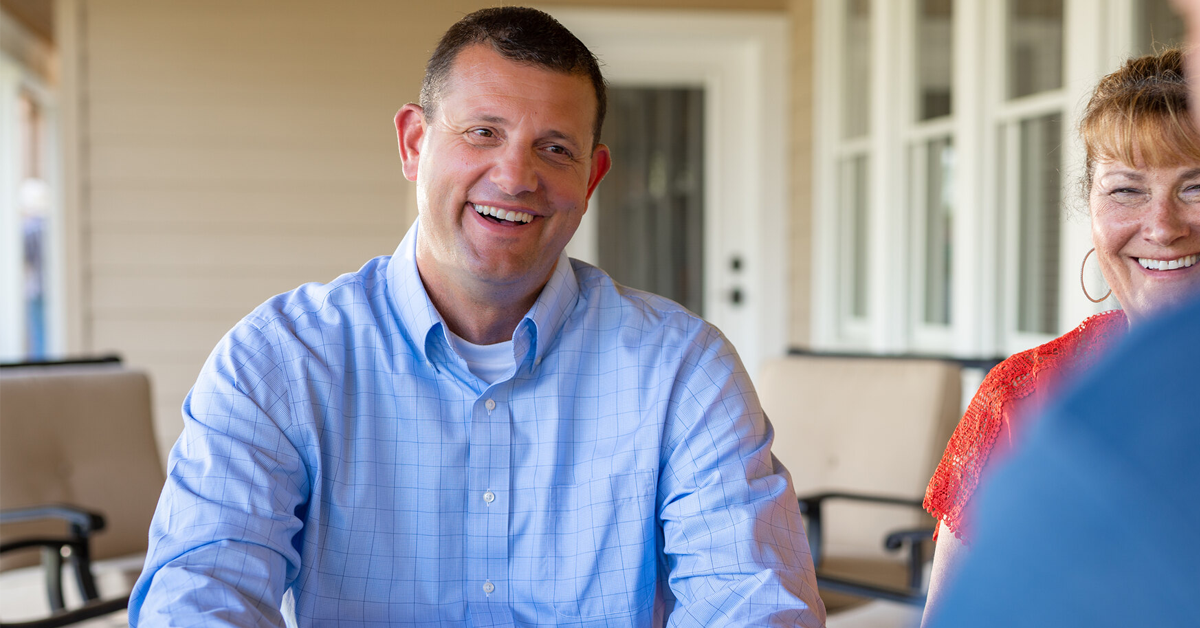As local, state, and Federal lawmakers begin a new round of handwringing over a surge in coronavirus cases among the unvaccinated, driven by the Delta variant, a new round of indiscriminate mask mandates have cropped up around the nation – including in Los Angeles County.
The moves have almost instinctively primed Californians for a return to the lockdowns of 2020 and early 2021, and have them revisiting where things stand in their neck of the woods.
Prior to June 15, the Golden State was governed by Newsom’s color-coded reopening scheme, dubbed the “Blueprint for a Safer Economy.”
The single most important metric governing tier was the seven-day average case rate in a county. Upon the rollout of vaccinations, California adjusted its calculations based on statewide administration of vaccines, which enabled local municipalities to cary higher average case rates.
Case rates before the suspension of the blueprint
Prior to the vaccine roll out, counties fell into the most restrictive purple tier if their case counts exceeded seven per 100,000 residents.
After the vaccine roll out, that figure increased to 10 cases per 100,000 residents.
The next severe, red tier, the pre-vaccine rate was between four and seven cases per 100,000 residents. After 2 million vaccines were doled out, that figure ballooned to between 4 and 10 cases per 100,000. After 4 million vaccines, the figure swelled to between 6 and 10 cases per 100,000.
In orange tier, the pre-vaccination threshold was between 1 and 3.9 cases per 100,000 residents. That remained until vaccinations statewide crossed the 4 million mark, increasing to between 2 and 5.9 cases per 100,000.
And in the least restrictive yellow tier the rate was set at less than 1 case per 100,000 residents, which only increased to less than 2 cases per 100,000 residents when California crossed 4 million vaccine doses.
So what’s the situation for Valley communities?
As it stands, all but one county in the region would be under the most-restrictive purple tier in the pre-vaccine blueprint.
That would translate to instituting 25 percent capacity limits at indoor retail establishments, shuttering indoor restaurant dining, limiting gyms to outdoor activities only, and booting fans out of sporting events, among a litany of other restrictions.
Even when peeled back to the staggered thresholds for statewide vaccine distribution, only three San Joaquin Valley counties – Fresno, Tulare, and Kern – escape into the slightly less-restrictive red tier.
In that tier, retail stores expanded 50 percent capacity indoors, gyms could reopen indoors at 10 percent capacity, outdoor sporting events and concerts could only accommodate 20 percent of its capacity, and indoor concerts at 10 percent capacity.
All of these restrictions, it should be added, were enforced with a coinciding and fairly strict mask mandate.
What – exactly – is driving the surge, mask regression?
California’s Department of Public Health reported that the current spread of the coronavirus is decidedly being driven by unvaccinated Californians, telling the Mercury News that the seven-day average daily case rate of unvaccinated Californians sits at 6.3 cases per 100,000 people.
The same rate for vaccinated Californians? 1.1 cases per 100,000 people.
The paper noted that state public health officials had yet to break down the figures by county.
State health data shows that 72.3 percent of Californians aged 12 or older have been at least partially vaccinated, with 62.8 percent fully vaccinated.










